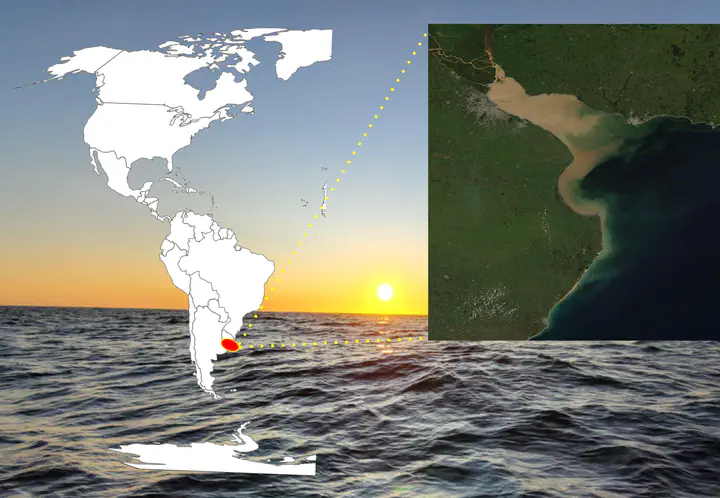
Carbon cycling along river-ocean endmembers: A case study of the Rio de La Plata Estuary, Argentina
Large river systems along with continental margins are a central component of the Earth’s carbon cycle; they spatially integrate multiple carbon reservoirs (terrestrial, atmospheric and marine environments) and temporally link shorter timescale biological processes (e.g. primary production, remineralization) with larger timescale geological processes. In this project, we are studying the source to sink characterization of OC in the Rio de La Plata Estuary, the second largest South American river. The findings will be integrated with the better-studied Amazon River, thus expanding the South American perspective of global carbon cycling from the two largest rivers on this continent.
Collaborators: Valier Galy (Woods Hole Oceanographic Institution, USA), Eric Speranza (National university of La Plata, Argentina) and Juan Carlos Colombo (National university of La Plata, Argentina).